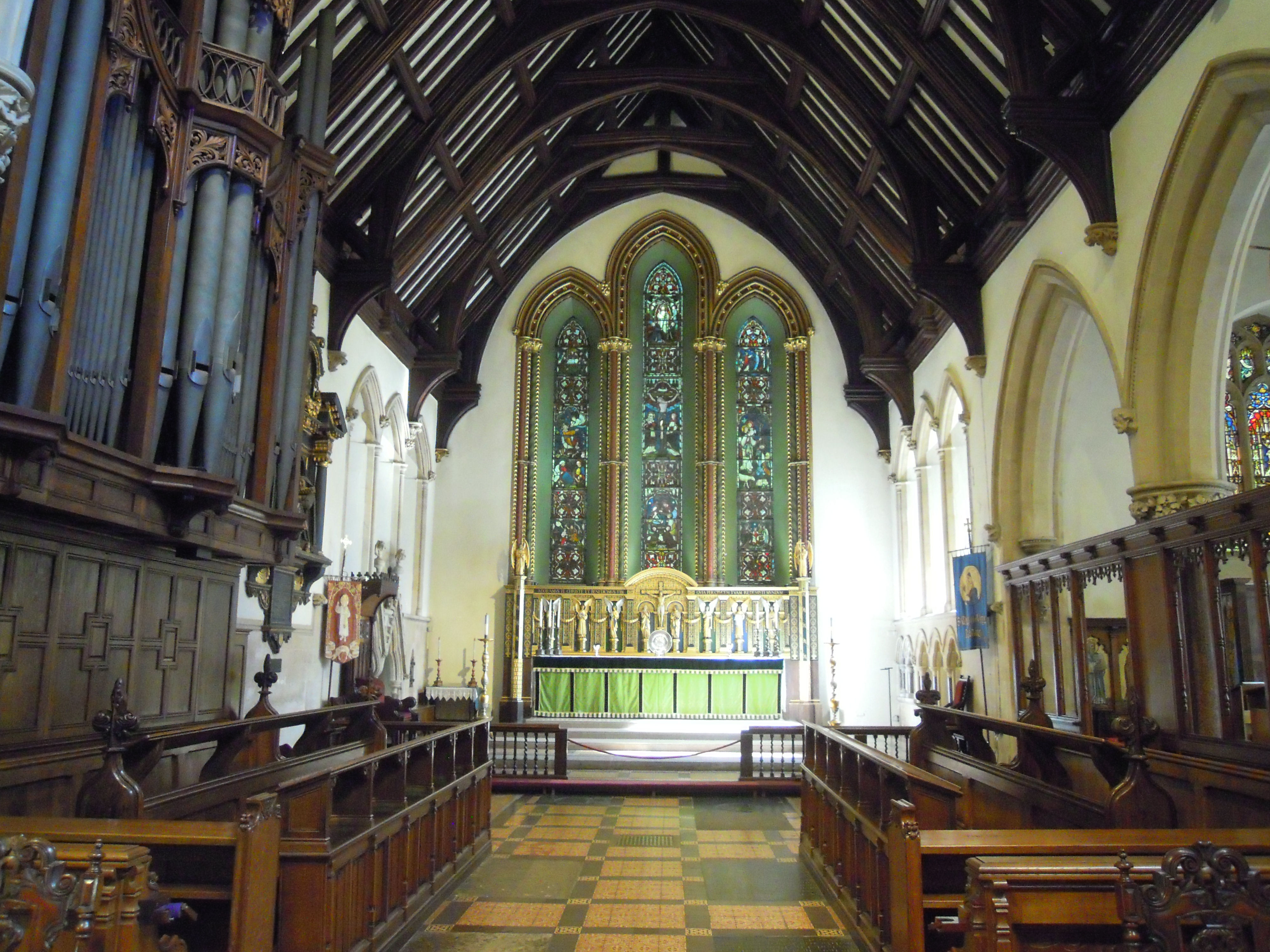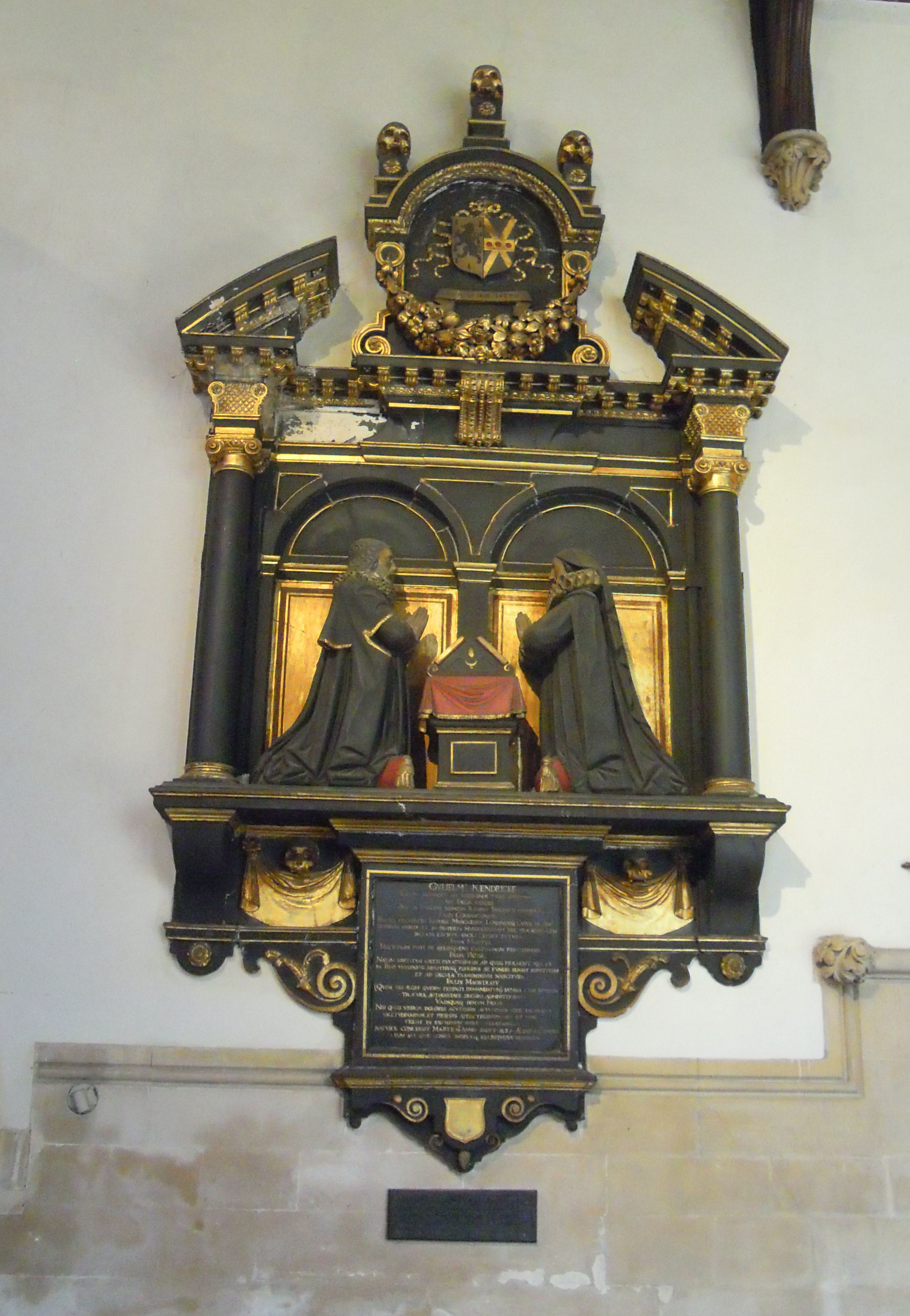Reading Minster on:
[Wikipedia]
[Google]
[Amazon]
Reading Minster, or the Minster Church of St Mary the Virgin, is the oldest ecclesiastical foundation in the English town of



 According to unverified tradition, Saint Birinus founded a small chapel on the site of Reading Minster in the 7th century. Silver coins of the 9th century have been found in the churchyard, dating back to the period when Kings Ethelred and Alfred of
According to unverified tradition, Saint Birinus founded a small chapel on the site of Reading Minster in the 7th century. Silver coins of the 9th century have been found in the churchyard, dating back to the period when Kings Ethelred and Alfred of
 The Minster's organ dates was built by Father Willis for the
The Minster's organ dates was built by Father Willis for the
Reading
Reading is the process of taking in the sense or meaning of letters, symbols, etc., especially by sight or touch.
For educators and researchers, reading is a multifaceted process involving such areas as word recognition, orthography (spelling ...
. Although eclipsed in importance by the later Reading Abbey
Reading Abbey is a large, ruined abbey in the centre of the town of Reading, in the English county of Berkshire. It was founded by Henry I in 1121 "for the salvation of my soul, and the souls of King William, my father, and of King William, m ...
, Reading Minster regained its status after the destruction of the Abbey and is now an Anglican parish church
A parish church (or parochial church) in Christianity is the church which acts as the religious centre of a parish. In many parts of the world, especially in rural areas, the parish church may play a significant role in community activities, ...
. The minster gives its name to the street of St Mary's Butts, on which it stands.
The Minster Church of St Mary the Virgin should not be mistaken for the similarly named St Mary's Church, Castle Street, which is only a few yards away.
History



 According to unverified tradition, Saint Birinus founded a small chapel on the site of Reading Minster in the 7th century. Silver coins of the 9th century have been found in the churchyard, dating back to the period when Kings Ethelred and Alfred of
According to unverified tradition, Saint Birinus founded a small chapel on the site of Reading Minster in the 7th century. Silver coins of the 9th century have been found in the churchyard, dating back to the period when Kings Ethelred and Alfred of Wessex
la, Regnum Occidentalium Saxonum
, conventional_long_name = Kingdom of the West Saxons
, common_name = Wessex
, image_map = Southern British Isles 9th century.svg
, map_caption = S ...
were fighting the Danes at Reading, and also the era in which Reading supplanted Calleva Atrebatum ( Silchester) as the local centre of importance.Leaflet ''History of Reading Minster'', no stated publisher or publication date, available from the church
In 979, Queen Ælfthryth, wife of King Edgar of England, founded a royal nunnery on the site as an act of repentance for the murder of her stepson, King Edward the Martyr
Edward ( ang, Eadweard, ; 18 March 978), often called the Martyr, was King of the English from 975 until he was murdered in 978. Edward was the eldest son of King Edgar, but was not his father's acknowledged heir. On Edgar's death, the leader ...
. All that remains of this nunnery is a rounded Saxon door in the church, most likely used by the nuns to attend church services. In the 11th century, the Danes sacked Reading and the nunnery was destroyed. By the time of the Domesday Book
Domesday Book () – the Middle English spelling of "Doomsday Book" – is a manuscript record of the "Great Survey" of much of England and parts of Wales completed in 1086 by order of King William I, known as William the Conqueror. The manus ...
, the church had been granted to Battle Abbey
Battle Abbey is a partially ruined Benedictine abbey in Battle, East Sussex, England. The abbey was built on the site of the Battle of Hastings and dedicated to St Martin of Tours. It is a Scheduled Monument.
The Grade I listed site is now ...
by William the Conqueror
William I; ang, WillelmI (Bates ''William the Conqueror'' p. 33– 9 September 1087), usually known as William the Conqueror and sometimes William the Bastard, was the first House of Normandy, Norman List of English monarchs#House of Norman ...
.
In 1121, King Henry I Henry I may refer to:
876–1366
* Henry I the Fowler, King of Germany (876–936)
* Henry I, Duke of Bavaria (died 955)
* Henry I of Austria, Margrave of Austria (died 1018)
* Henry I of France (1008–1060)
* Henry I the Long, Margrave of the ...
founded Reading Abbey
Reading Abbey is a large, ruined abbey in the centre of the town of Reading, in the English county of Berkshire. It was founded by Henry I in 1121 "for the salvation of my soul, and the souls of King William, my father, and of King William, m ...
which grew to become one of the most important religious and political centres of England. For the following 400 years the Abbey was the centre of ecclesiastical power in the town, and the Abbot also held the post of Rector of St Mary's. In 1371 a chantry
A chantry is an ecclesiastical term that may have either of two related meanings:
# a chantry service, a Christian liturgy of prayers for the dead, which historically was an obiit, or
# a chantry chapel, a building on private land, or an area i ...
was established by Edward III which the Mayor of Reading
In many countries, a mayor is the highest-ranking official in a municipal government such as that of a city or a town. Worldwide, there is a wide variance in local laws and customs regarding the powers and responsibilities of a mayor as well as ...
administered for the chapel.
The main body of the church dates from the late 11th Century, however in 1539, the Abbey was dissolved on the orders of King Henry VIII. In the Reformation
The Reformation (alternatively named the Protestant Reformation or the European Reformation) was a major movement within Western Christianity in 16th-century Europe that posed a religious and political challenge to the Catholic Church and in ...
that followed, St Mary's church was stripped of its altar, statues and stained glass, and by 1550 was in need of extensive repair. Between the years of 1551 and 1555 the church was extensively restored, using quantities of masonry and timber from the ruins of the Abbey. Contemporary accounts include payments for the dismantling and carriage of the Abbey's choir and nave roof, and is believed that the pillars which now separate the Minster's south aisle from the nave came from the Abbey. The baptismal font stands on the plinth of an earlier font and dates to 1616. A gift from the Vachell family, it is octagonal in shape and is carved with the arms of the Vachell, Knollys and Reades families who intermarried. Some of the carved shields represent Tudor roses and originally would have been painted in their heraldic colours. On the north wall of the chancel is an impressive black-and-gold monument to William Kendricke and his wife dated 1635. William Kendricke was churchwarden at the Minster from 1607 to 1610 and was a considerable benefactor of the church.
In 1918 a war memorial chapel, known as St Edwards Chapel, was added with entry through the old Saxon doorway of the nunnery. The church had undergone further restoration in 1863 when a new choir aisle was added, and in 1872; with further work in 1935 and 1997–2003.
Bells
Most of the bells now hung in the Minster's tower date from the 17th and 18th centuries. The present peal consists of three dated 1640, two dated 1740 and two dated 1743. In 1611 the first clock was installed in the tower.Organ
 The Minster's organ dates was built by Father Willis for the
The Minster's organ dates was built by Father Willis for the 1862 International Exhibition
The International Exhibition of 1862, or Great London Exposition, was a world's fair. It was held from 1 May to 1 November 1862, beside the gardens of the Royal Horticultural Society, South Kensington, London, England, on a site that now houses ...
. It was rebuilt by the same company in 1936. In the early 21st century, the church began a project to restore the organ. The organ was largely neglected throughout the 20th century, leaving pipes
Pipe(s), PIPE(S) or piping may refer to:
Objects
* Pipe (fluid conveyance), a hollow cylinder following certain dimension rules
** Piping, the use of pipes in industry
* Smoking pipe
** Tobacco pipe
* Half-pipe and quarter pipe, semi-circula ...
corroded, the bellows damaged and the soundboards warped. The restoration requires a fund of approximately £500,000 and aims to replace the wind system, electronics and manuals.
Churchyard
The churchyard extends to the south and east of the church, and is bounded by the streets of St Mary's Butts, Gun Street, Chain Street and by an unnamed footpath connecting St Mary's Butts and Chain Street along the rear building line of the buildings fronting Broad Street. It is crossed by several other paths which carry heavy pedestrian traffic between various town centre areas. The churchyard contains a number of significant trees, including a 150-year old Indian Bean Tree (''Catalpa bignonioides
''Catalpa bignonioides'' is a species of ''Catalpa'' that is native to the southeastern United States in Alabama, Florida, Georgia, Louisiana, and Mississippi. Common names include southern catalpa, cigartree, and Indian-bean-tree (or Indian bean ...
'') that was thought, in 2007, to be unlikely to survive, but has since sprouted new growth.
Also to be found in the churchyard is the ''Jubilee Cross'', built in 1887 to celebrate the Golden Jubilee of Queen Victoria. The monument is constructed in a 15th-century style in Portland stone, and has a tapering octagonal shaft capped by a cross. It is listed as a Grade II listed building
In the United Kingdom, a listed building or listed structure is one that has been placed on one of the four statutory lists maintained by Historic England in England, Historic Environment Scotland in Scotland, in Wales, and the Northern Irel ...
. It has been suggested that it was constructed in reaction to the secular
Secularity, also the secular or secularness (from Latin ''saeculum'', "worldly" or "of a generation"), is the state of being unrelated or neutral in regards to religion. Anything that does not have an explicit reference to religion, either negativ ...
design of the nearby ''Jubilee Drinking Fountain'' that also celebrates the same anniversary and is located only a few feet away in the centre of St Mary's Butts.
List of notable clergy
*Henry Hart Milman
Henry Hart Milman (10 February 1791 – 24 September 1868) was an English historian and ecclesiastic.
Life
He was born in London, the third son of Sir Francis Milman, 1st Baronet, physician to King George III (see Milman Baronets). Educa ...
(1791–1868): 1818–35
Gallery
References
External links
* {{Authority control Minster Church of England church buildings in Berkshire Diocese of Oxford Minster Grade I listed churches in Berkshire